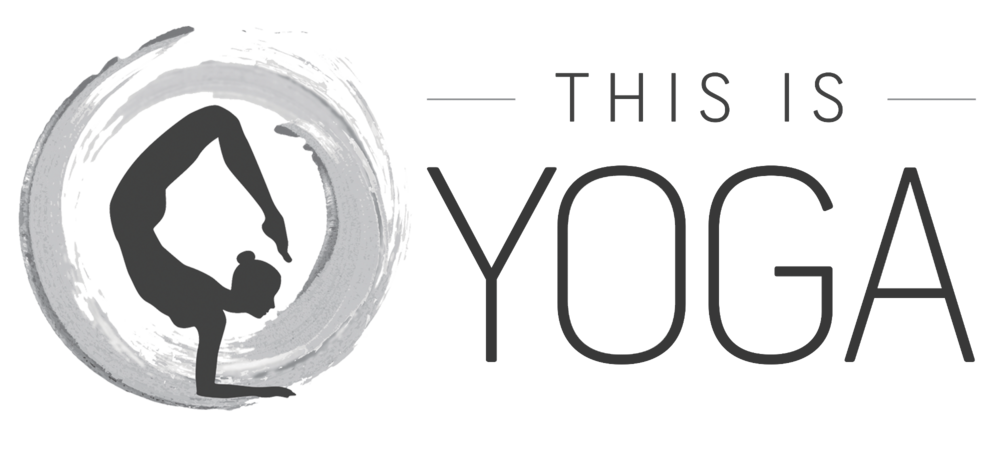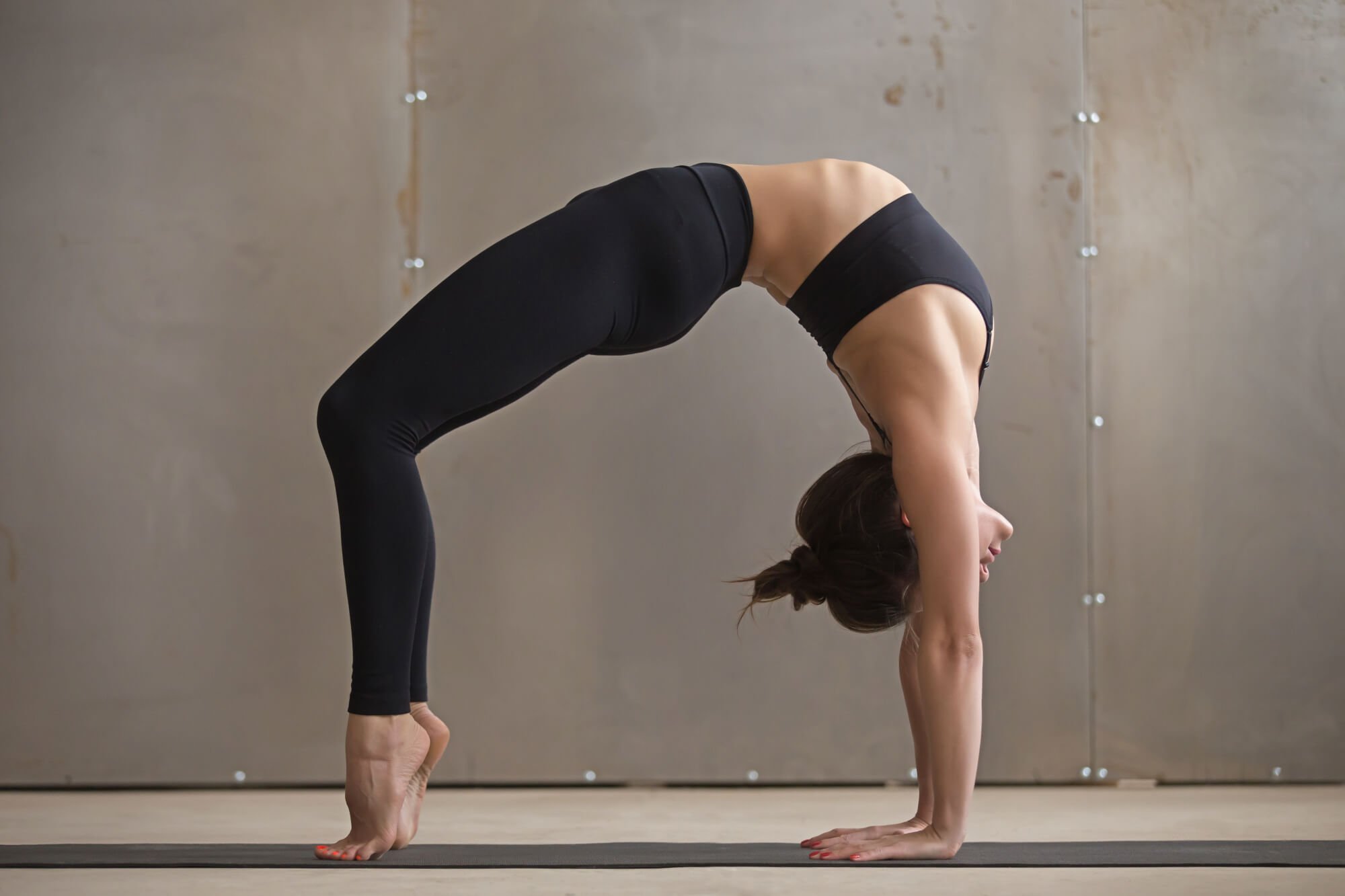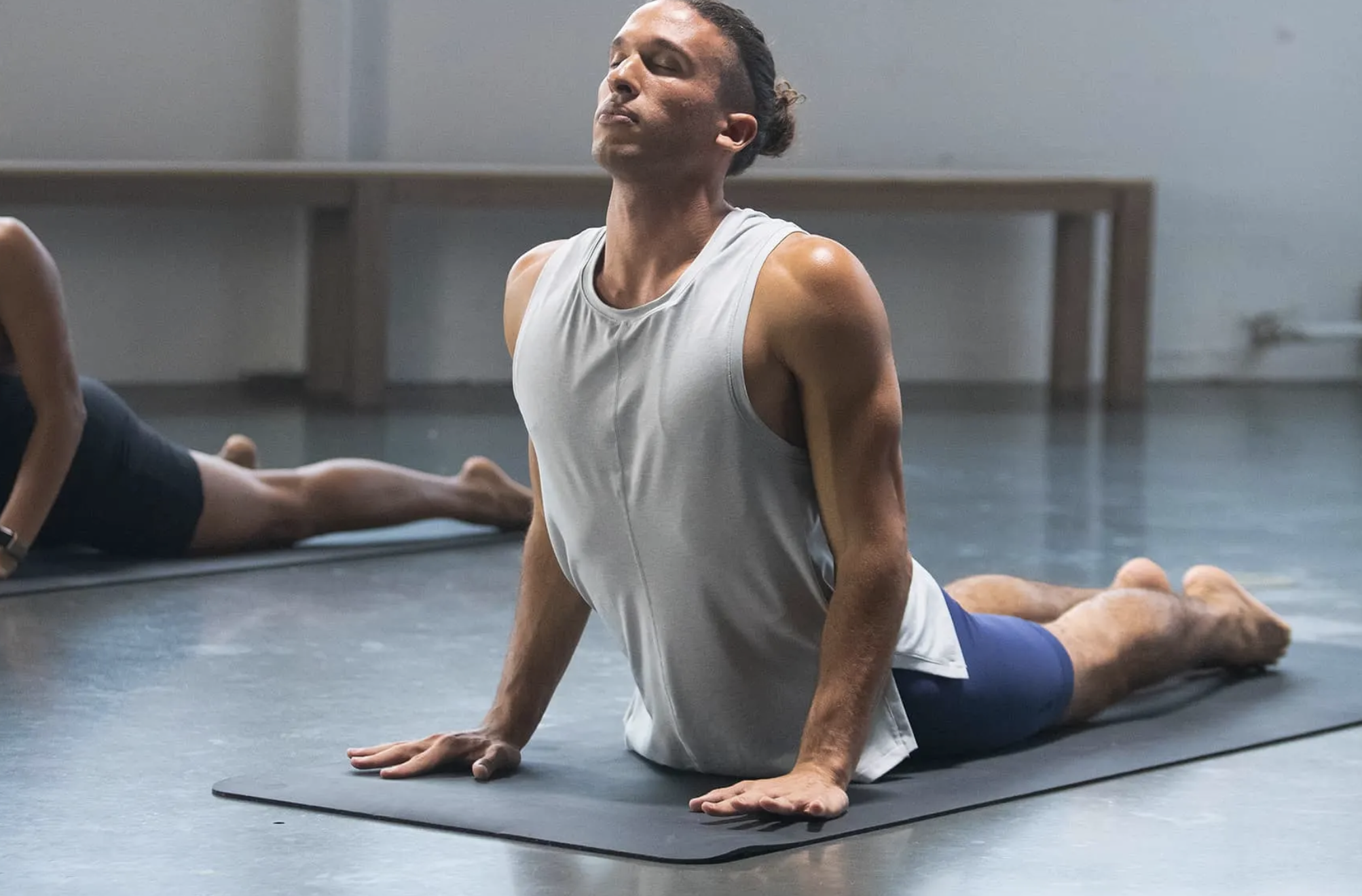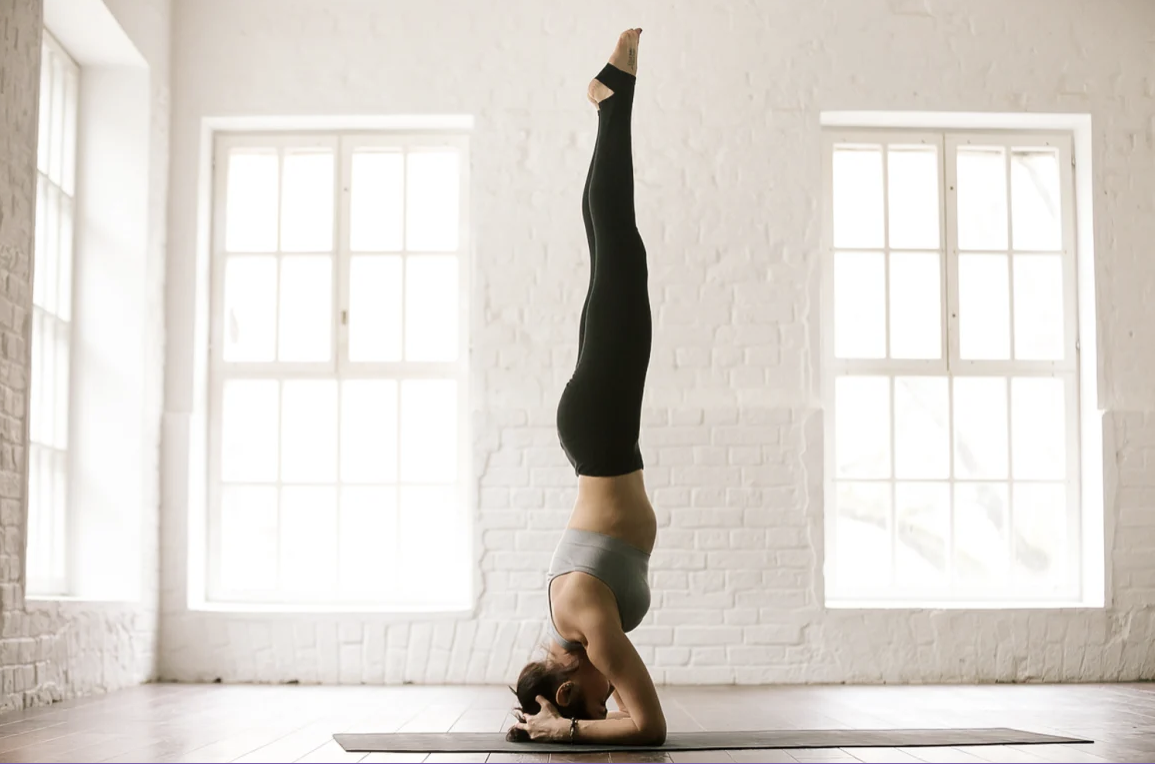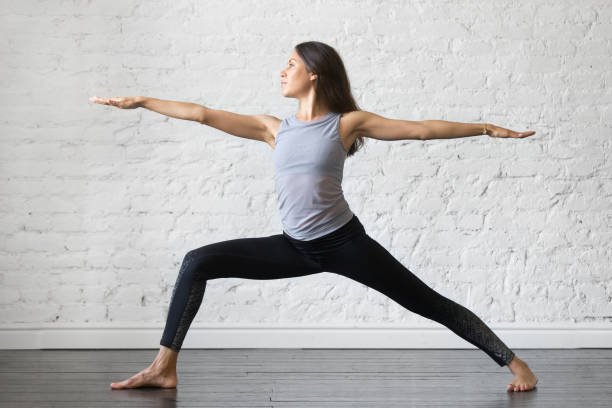Do you feel sometimes like there MUST be more than life than this?!? Do you feel like you are lacking clarity on your purpose?
We’re over-complicating the question when we expect a simple answer. We can have a number of things of purpose or meaning in our life, but when we don’t pursue them, we suffer.
According to the New York Times, only 25% of people say that have a clear sense of purpose in their life. In my coaching over the last 3 years, I have found that 100% of my clients have struggled with clarity on purpose. People get tied up and confused by work or financial goals. In the middle of all that busyness, we lose sight of the things that are meaningful for us – the things that are on the other side of the work or financial goals. This requires real honesty – the kind we have when we lie in bed with our eyes closed in the middle of the night. There’s no judgement in this. We have to be 100% honest here. If we want more money or status, why do we want it? What will we do with it? That’s what we need to focus on and pursue, because otherwise, the risk is that the money or status because the goal and we forget the real purpose.
Benefits of Purpose
Many of us tend to push our own needs out of the way by saying things like ‘family comes first’. While family is important, except in extreme circumstances, we can’t just focus on them. To be fulfilled, we have to look after what is important to us as individuals too. There is a spin-off benefit of looking after ourselves – we end up doing a better job of being present, engaged and looking after our families too.
The benefits of Purpose are many and significant. Studies show that people with purpose are happier, more satisfied, less depressed and have stronger personal relationships (Steptoe and Fancourt, 2019), they live longer and wealthier lives (Applied Psychology, 2010) and they sleep better, and have lower disease rates (Time Magazine), they maintain their independence longer when they age (JAMA Psychiatry).
Having a Breakthrough On Purpose
My own breakthrough on purpose, meaning and authenticity came as the result of the incredible pressure created when my wife was on life support following her heart attack – that’s learning things the hard way. I had been too worried about living up to others’ expectations of me to find the courage to be authentic and honest with myself about what was really important AND to pursue it.
I had a realisation: my role was to help my kids now, and then my wife, get through this challenge. This was what I had been put on earth to do. This was the big thing I’d been building up to. A friend had often said, “You only get a few chances in life to do the right thing — don’t miss them when they come along.” This was going to be the biggest challenge I had ever faced. At the same time, it was also the easiest thing to face into. It wasn’t a decision. Things just had to be done. It took over everything else — all thought in my head. From the instant I woke up, until I was finally able to sleep, everything I did was geared around dealing with this.
The realisation that this was my mission, one of the most meaningful things I would do in my life, was quite calming. The panic subsided somewhat. The life and death stuff, as important as it was, moved to the background a bit. My thoughts turned to what I needed to do: help the boys and Tove through this, and then live as fulfilling a life as possible, regardless of what had happened.
The boys shouldn’t need to be defined by this. They should be able to pursue their hopes and dreams unhindered by this. They might even be able to come out of this better for it… hopefully. It was kind of like the old saying — you can’t choose the cards you’re dealt, you can only choose how you play them. I had to be brave enough, strong enough and caring enough for all of us.
What Is It All About?
One of my favourite books as a teenager was the Hitchhiker’s Guide to the Galaxy. One of the most memorable lines from the book was the profound statement that the answer to the question of ‘What is the meaning of life?’ is … ‘42’. The problem was that we didn’t know what the question was. While this is of course, absurd (and also very funny) it is also quite applicable today. The majority of the book was then spent trying to work out what the question was (apparently it would take 10,000 years for the most advanced computer in the universe to work it out).
We want simple answers to complex questions, but it’s not always that easy. We know that a lack of clarity on purpose leads to suffering. Therefore this unrealistic expectation of a simple answer is a setup for us to fail.
That applies to most of us. I’ve been working with a CEO client recently who was struggling with this – personally and for his business. He was certainly suffering. It was impacting his sleep, family, investors, board, team and results. Decisions were agony without this clarity. It got so bad that he was thinking of quitting. But he didn’t know what he would do next either, so he was really caught in a bind.
I took him through some structured exercises to help him both feel and see what was meaningful and why. There were many things that provided meaning, he’d just lost sight of them in all the business and stress. It took less than us less 4 weeks for him to get clarity on what was important.
Clarity On Purpose
When he had clarity on this, he transformed. He was sleeping better, exercising, and having fun. Things improved at home, as he was present with his family. He was making decisions, and the board and team both responded. Results improved and things were looking up.
The idea that there is one single purpose sounds great until we really dig into it. For most of us, there are a number of things that are meaningful, and they ebb and flow with our seasons of focus. That’s normal for most of us and relieves the pressure of choosing 1 big thing. Maybe we can have our cake and eat it?
We all want to make a difference. This isn’t about happiness. This is about fulfilment. If we don’t know where we’re going, we’ll sure never get there.
Whatever you do, do it with heart!
Original Post – Craig Hopper
